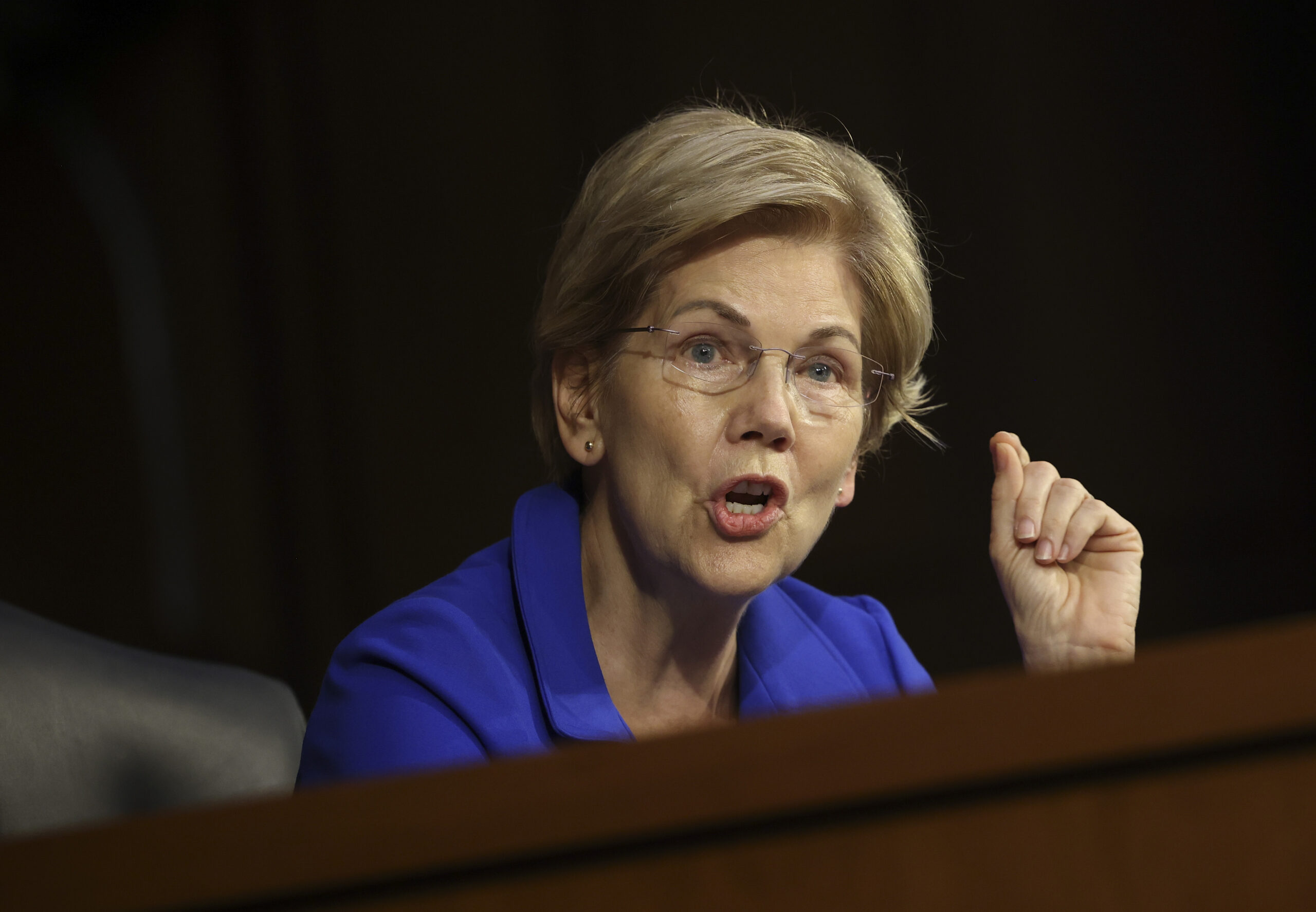A significant divergence in artificial intelligence policy is emerging within American governance as seventeen Republican governors, including prominent figures like Nebraska’s Gov. Jim Pillen, South Dakota’s Gov. Larry Rhoden, and Iowa’s Gov. Kim Reynolds, have publicly declared their opposition to a proposed congressional AI moratorium. This collective stance underscores a growing tension between state-level leadership and federal legislative efforts concerning the rapidly evolving landscape of emerging technologies, particularly as a substantial federal package, dubbed the “one big beautiful bill,” navigates its way through Congress with provisions directly impacting AI development and deployment across the United States.
The federal legislative landscape is currently grappling with a comprehensive bill that, among its many stipulations, includes measures related to artificial intelligence regulation. Proponents of a moratorium often advocate for a pause in AI development or deployment to allow for a thorough assessment of potential risks, the establishment of ethical guidelines, and the development of robust regulatory frameworks before widespread adoption. This cautious approach aims to mitigate unforeseen societal or economic disruptions, ensuring that the technology’s evolution aligns with public interest and safety standards, thereby shaping a responsible trajectory for future innovation.
However, the opposition from these Republican governors signals a distinct philosophical approach to AI policy. Their concerns likely stem from a belief that a federal moratorium could stifle innovation, impede economic growth, and hinder state-led technological initiatives. Many state leaders advocate for more localized regulatory frameworks, arguing that states are better equipped to understand and manage the specific impacts of AI within their unique jurisdictions, fostering an environment where private sector investment in AI development can thrive without undue federal interference. This perspective emphasizes agility and a less restrictive environment to encourage technological advancement.
The collective dissent led by figures such as Governor Pillen, Governor Rhoden, and Governor Reynolds highlights a concerted effort by state executives to assert their influence in the ongoing national conversation about technology regulation. Their unified front represents a significant challenge to the centralized approach favored by some in Congress, forcing a crucial re-evaluation of how AI should be governed. This pushback is indicative of broader trends in US politics, where states are increasingly asserting their roles in shaping policy for emergent sectors, often with an eye towards fostering competitive economic advantages for their regions.
This coordinated opposition from a bipartisan group of governors, though primarily Republican in this instance, could indeed pose a significant challenge to the federal bill’s passage, compelling federal lawmakers to reconsider the scope and nature of proposed AI policy. The debate transcends mere legislative technicalities, delving into fundamental questions about the balance of power between federal and state authorities and the appropriate level of government oversight for transformative technologies. It spotlights the complexities inherent in crafting effective technology regulation that balances innovation with necessary safeguards.
The outcome of this legislative battle will have far-reaching implications for the future trajectory of AI development in the United States. It will set critical precedents for how the federal government approaches the governance of rapidly advancing technologies, defining the interplay between national objectives and state-specific priorities. This moment marks a pivotal point in the ongoing dialogue concerning AI policy, economic competitiveness, and the evolving roles of governmental bodies in shaping the technological landscape, underscoring the deep divisions and nuanced perspectives within US politics on these critical issues.




